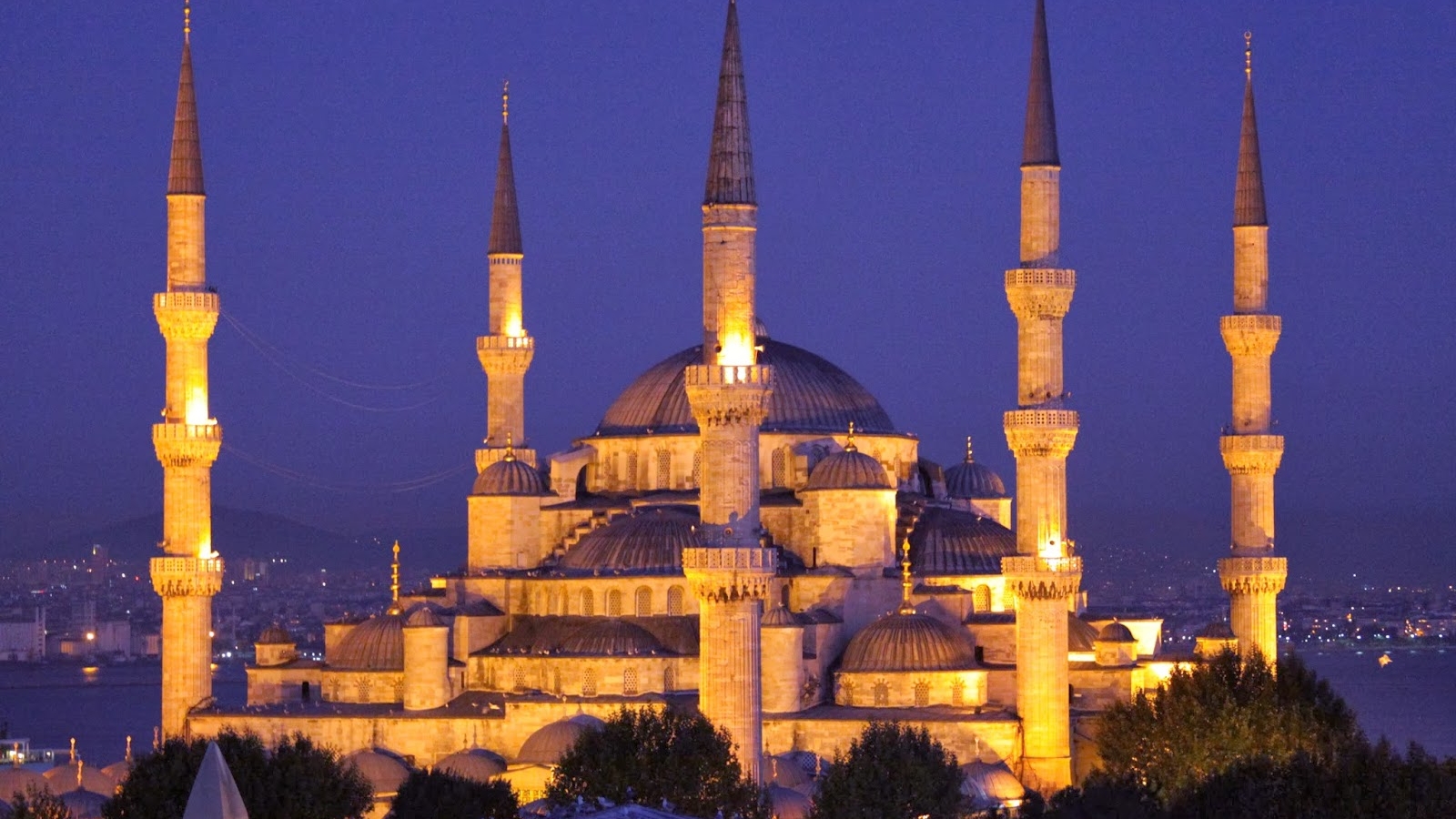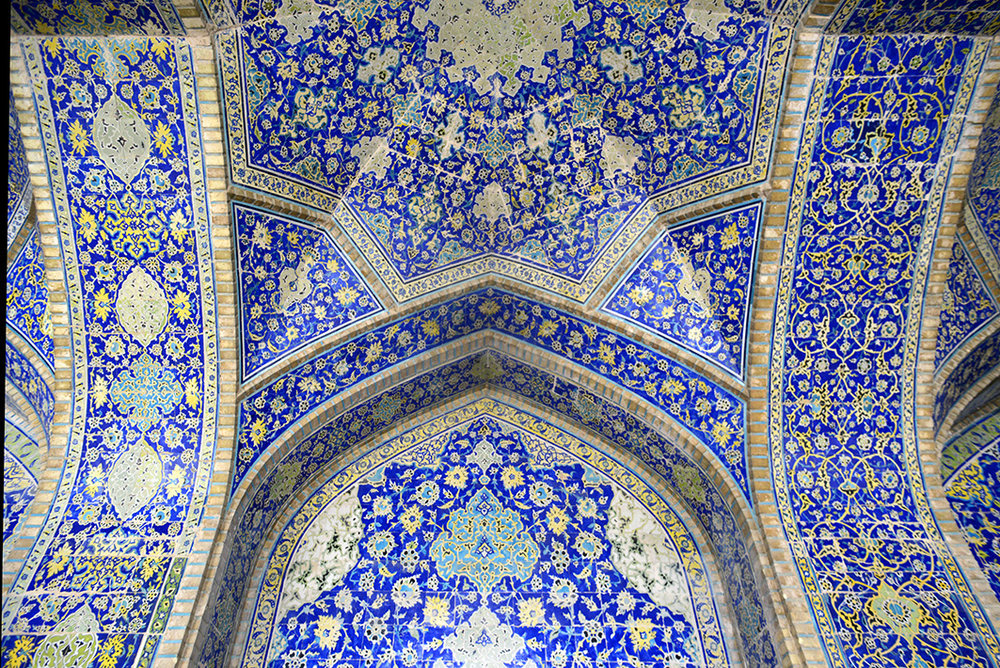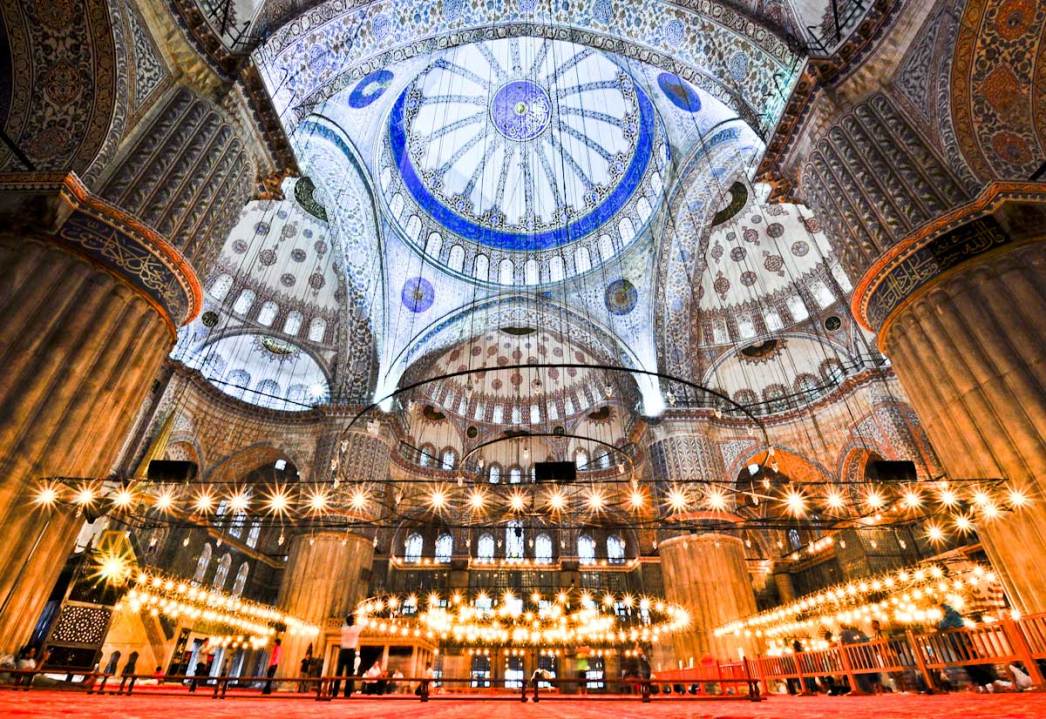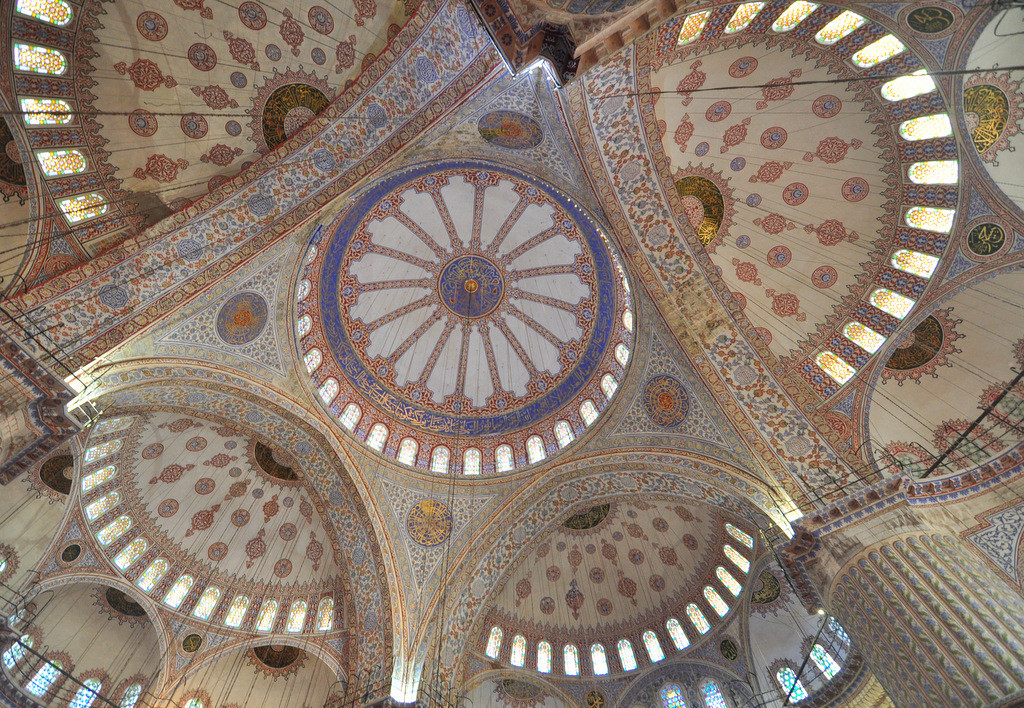Turkey is all about its vibrant culture, countless ancient sites, remarkable monuments of Istanbul and fantastic visuals of Cappadocia. Turkey really has something for everyone and it’s every city is unique in itself. Such as Istanbul which is popular for its architectural brilliance, Eskisehir being the most vibrant and modern city, Antalya is identified as the Turkish Riviera and Izmir which offers a cosmopolitan and lively atmosphere. We just said that Istanbul is renowned for its architectural beauty but do you know the reason behind its popularity? The only reason after it is Sultan Ahmed Mosque which is renowned all over the world as Blue Mosque of Istanbul.
Indiaimagine readers, today we will discuss about this beautiful Blue Mosque. But before moving towards this beautiful mosque, let’s take a glance at Istanbul city!!
Istanbul: Largest City of Turkey
The city of the past, the present and the future — Istanbul is recognised as the cultural, historical and financial centre of Turkey. This captivating city is established on two Continents which is separated by the Bosphorus Strait. It was the capital of three great empires The Roman, The Byzantine and The Ottoman. Istanbul is also popular for its stunning mosques and there are more than 3,000 mosques present this city, among all Hagia Sophia and Blue Mosque have gained recognition around the globe.

Whenever you will visit Turkey you will witness the ruins of many ancient civilizations and their culture in accord with Turkish culture. This is one of the most exceptional cities in the world where you can observe a modern western city blended with a traditional eastern city. The city is full of diversity, and colourful scenes, where the blowing winds from the seven peaks of Anatolian Olympus mix into each other.
About Blue Mosque of Istanbul
Sultan Ahmed Mosque which is also known as Blue Mosque is the most worthy monument to watch in Istanbul due to its bluish interior. This historical mosque is standing next to the Byzantine Hippodrome in the centre of Old Istanbul.

Its six minarets, grey cascading and extensive architecture makes the Blue Mosque one of the most popular tourist attractions in Turkey.
Why it is Recognized as Blue Mosque of Istanbul?
The name of Sultan Ahmed Mosque mosque is given the name of Blue Mosque due to its blue tiles which are surrounding the walls of interior design. Inside the mosque, the high ceiling is lined with the 20,000 blue tiles with different patterns that give the mosque a unique decoration. During the rule of Ahmed I this Mosque was constructed between 1609 and 1616 years. In 1617 when Ahmed I died, he was buried near the mosque and a burial chamber was created over his tomb. Now this mosque, become a popular tourist attraction in Istanbul.

You can get the best views of the mosque and its great architecture from the Hippodrome. Due to its popularity, only devotees are granted permission for entry through the main gate and normal visitors from another gate.
History of Blue Mosque of Istanbul
The Blue Mosque was built between 1609 and 1616, by a royal architect Sedefhar Mehmet Aga, under the instruction of Sultan Ahmed I. The mosque was to be built on the site of the palace of the Byzantine emperors, facing the Hagia Sophia and the hippodrome, a site of great symbolic significance.

Following the Peace of Zsitvatorok and the adverse result of the wars with Persia, Sultan Ahmed I decided to establish an extensive mosque in Istanbul. This mosque was designed for demonstration of strength against the imposing Hagia Sophia, which faces it across Sultanahmet Square.
Also Read: You Must Visit These 10 Holiday Destinations of Turkey This Year
Architecture
In 1609, the construction of the mosque was started when the sultan himself came to break the first homeland. The intension behind doing this was that Sultan thought this mosque would become the first mosque of his empire. The design of the Sultan Ahmed Mosque is the top of two centuries of both Ottoman mosque and Byzantine church developments. The design involved some Byzantine components of the neighbouring Hagia Sophia with traditional Islamic architecture. This mosque is considered to be the last magnificent and glorious mosque of the classical period of Ottoman Empire.

This architectural beauty is supported by four elephant foot pillars, and the central dome is supported by four semi-domes, making it nearly a square in shape. It is styled with the over 20,000 handmade ceramic Iznik tiles, which adorned the interior of the mosque and the windows of featured with flower decoration such as tulips, rose, and lily. Talking about its Minarets, the Sultan Ahmed Mosque is first one of the two mosques in Turkey that has six minarets, the second one is the Sabanci Mosque of Adana.

The upper levels of the Mosque interior are dominated by blue paint. Over 200 stained glass windows with intricate designs let in natural light. On the pendant, there are ostrich eggs that were meant to avoid cobwebs inside the mosque by removing spiders.
The decorations include poems and saying from the Quraan, written by Seyyid Kasim Gubari who was regarded as the greatest calligrapher of his time.
Amazing facts about the Blue Mosque
- Apart from its astonishing size and exquisite beauty, one of the most notable elements of this Istanbul mosque is that it has six minarets.
- It was said that due to misunderstanding the minarets were erected– when the Sultan pronounced that there would be gold minarets, but the architect miss- heard six minarets. This caused some controversy, as the only other mosque with six minarets at that time was the Prophet’s mosque in Mecca – a problem the sultan overcame by ordering a seventh to be added in Mecca.
- It is also known as the Sultan Ahmet Camii (Camii is Turkish for mosque) due to its location in the Sultan Ahmet district, which holds all UNESCO World Heritage Sites.
- The 20,000 blue tiles adorning the interior were made in Iznik, this place was famous during the Ottoman Empire for its brilliant production of ceramic tiles and the architecture of this mosque is a blend of Ottoman and Byzantine styles.
Visiting this mosque is a must when you are in Turkey or planning a trip to turkey!
Also Read: Know About Brandenburg Gate: Architectural Attraction of Berlin, Germany

